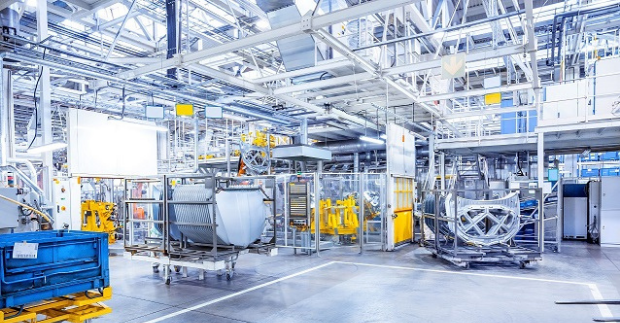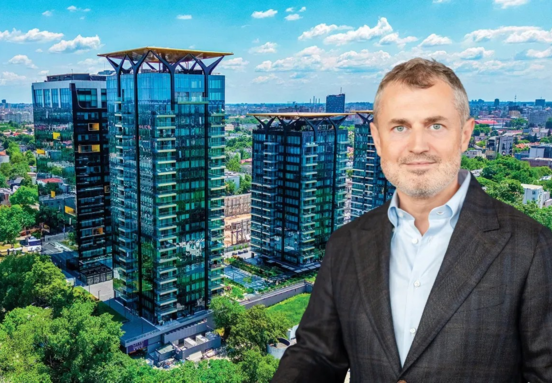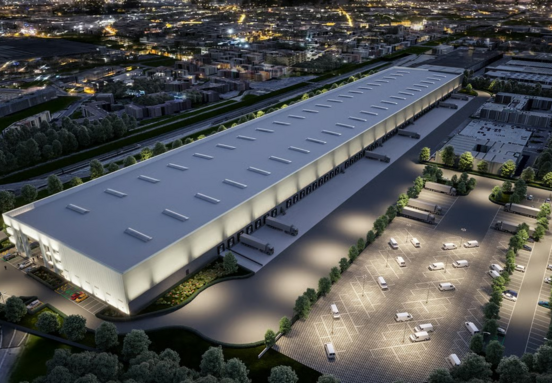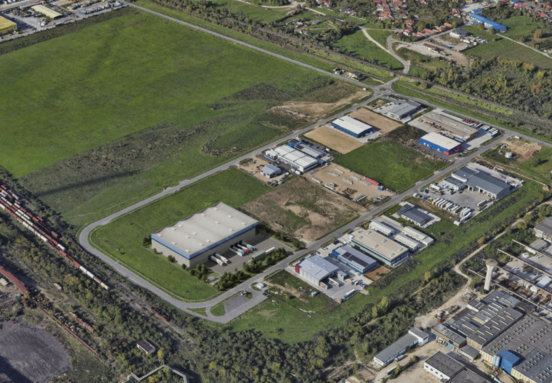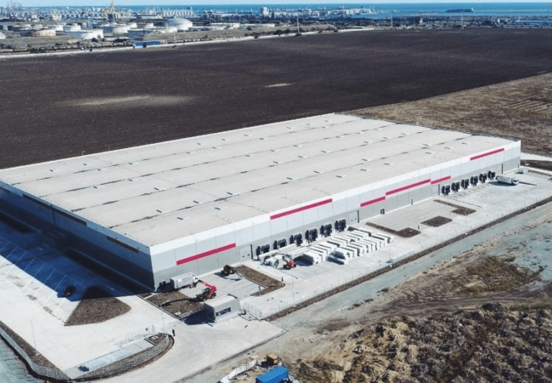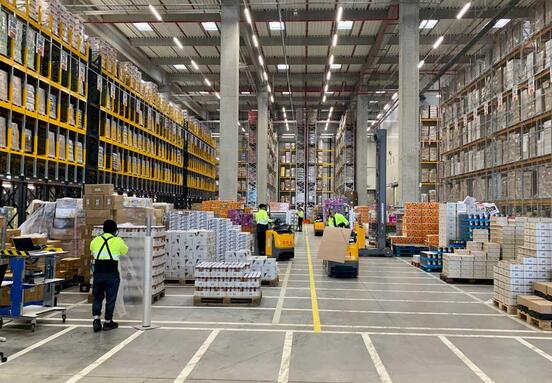The COVID-19 pandemic had a strong negative impact on the global economy throughout 2020, with a 6.4% yoy drop in GDP in the EU-27 area. Relatively, Romania’s GDP decreased by 3.9%. The lockdown period, as well as the restrictive measures instated by the Government, have led to the negative contribution to GDP growth of important economic sectors such as agriculture, industry and hospitality. With a 6.6% share of GDP, the construction sector seemed not only to survive the unprecedented conditions but to also thrive in 2020, being one of the few sectors with a positive contribution (0.8%) to the GDP growth.
“However, last year the local real estate market continued its evolution, the industrial and residential sectors exceeding even the most optimistic expectations. Although the future of the office market is uncertain, the volume of projects announced for delivery in 2021 indicates a confidence of developers in the ability to adapt to new conditions.”, says Ilinca Timofte, Crosspoint Real Estate Research Analyst.
The Romanian investment market went through a positive evolution in 2020, with a total investment volume which exceeded the expectations – volume reached a little over 805 M€ in 2020, a 32% increase yoy. Despite the uncertainty surrounding the future, the office sector remained in 2020 the investors’ preferred type of asset, with an 85.3% share in the total investment volume, followed by the industrial market with only 10.3% share in the total.
Bucharest attracted the majority of investments in 2020 (83%), although in the previous couple of years regional markets have emerged as a promising alternative to the capital city. However, in the current circumstances, investor approach has been cautious and betting on a more stable, established market such as Bucharest.
The market sentiment for 2021 remains positive, with over 140M EUR investments recorded in the first 4 months of the year and high hopes for a fast return to the previous years’ normal.
Romania’s industrial stock currently reached 5.1 million sqm at the end of 2020 out of which around 2.4 million sqm are located around the capital city. 528,000 sqm of new industrial space have been delivered in 2020, mainly in Bucharest. The western and northwestern areas of the country host the second largest industrial stock, close to 35% in total. Positively affected by the COVID-19 crisis, as a consequence of growth in the e-commerce sector and the retailers’ need for national coverage, the industrial sector was the obvious star of the commercial real estate sectors in 2020.
The industrial leasing activity in 2020 amounted to over 735,000 sqm, a 60% increase in demand yoy. Most of the activity concentrated in and around Bucharest, where 516,000 sqm were leased. The boost of e-commerce, the growth of strategic industries such as the production of medical equipment as well as the need for urban logistics have created a rise in demand. There is also a growing interest for smaller units from local companies. 2020 was the first year when some sizeable short-term leases were registered, an aspect which might indicate that the sector’s success was somewhat dependent on the uncommon context.
Boosted by e-commerce and the retailers’ need for national coverage, the industrial and logistics sector has had an outstandingly good year. 2021 is expected to follow the same trend, although the dynamics might be slower as the overall context improves. Even in the uncertain event of a full recovery, consumer habits might have already changed profoundly enough to no longer allow a comeback to the traditional market. Opportunities arising from the current situation, such as the shortening of the Asia-Europe supply chains by moving some of the production facilities into CEE and the increase in local workforce could be advantageous for Romania. This however depends highly on a fast and efficient development of local and national infrastructure and the 10% rise in the budget for transportation and infrastructure for 2021 brings an optimistic perspective on this matter.
It is expected that 2021 will continue in the same trend, the first quarter of this year already registering a significant increase in demand for industrial spaces, of over 220,000 sqm, compared to Q1 2020 – when the volume of rentals was 67,000 sqm.
